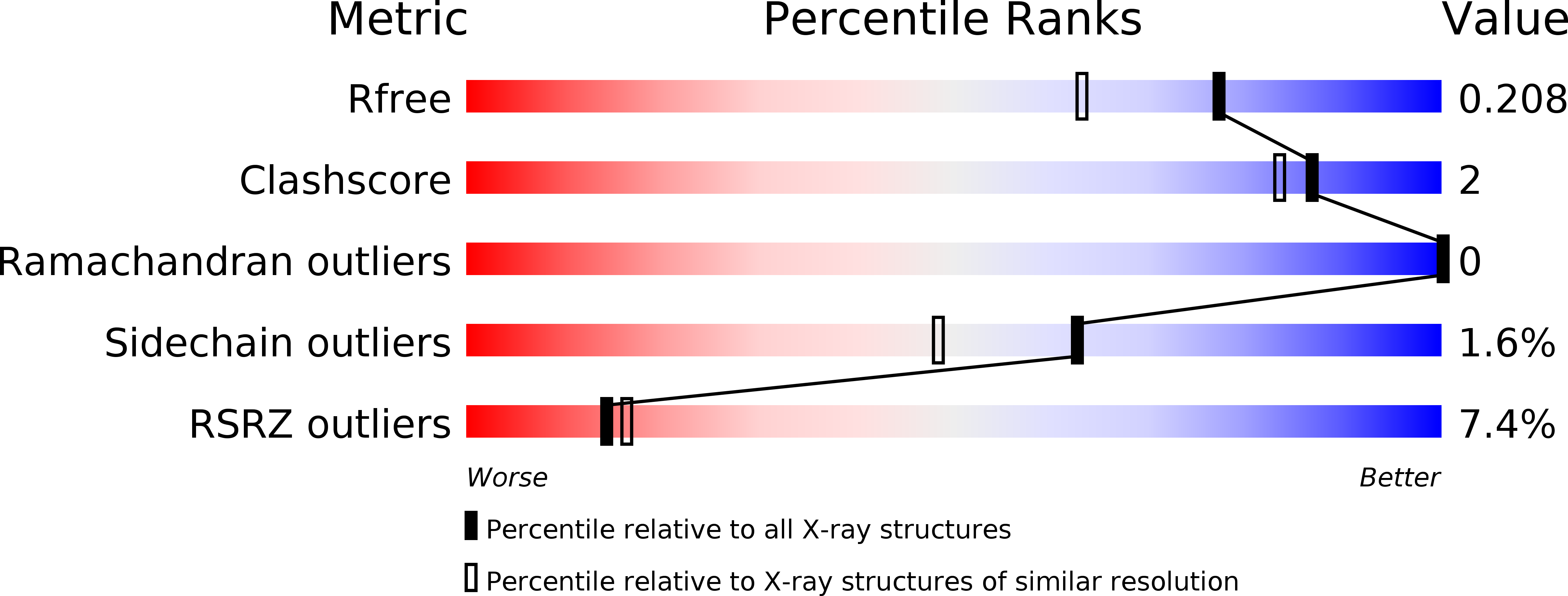
Deposition Date
2007-05-14
Release Date
2008-02-26
Last Version Date
2023-08-30
Entry Detail
Biological Source:
Source Organism:
Thermus thermophilus (Taxon ID: 262724)
Host Organism:
Method Details:
Experimental Method:
Resolution:
1.70 Å
R-Value Free:
0.20
R-Value Work:
0.18
R-Value Observed:
0.18
Space Group:
C 2 2 21


